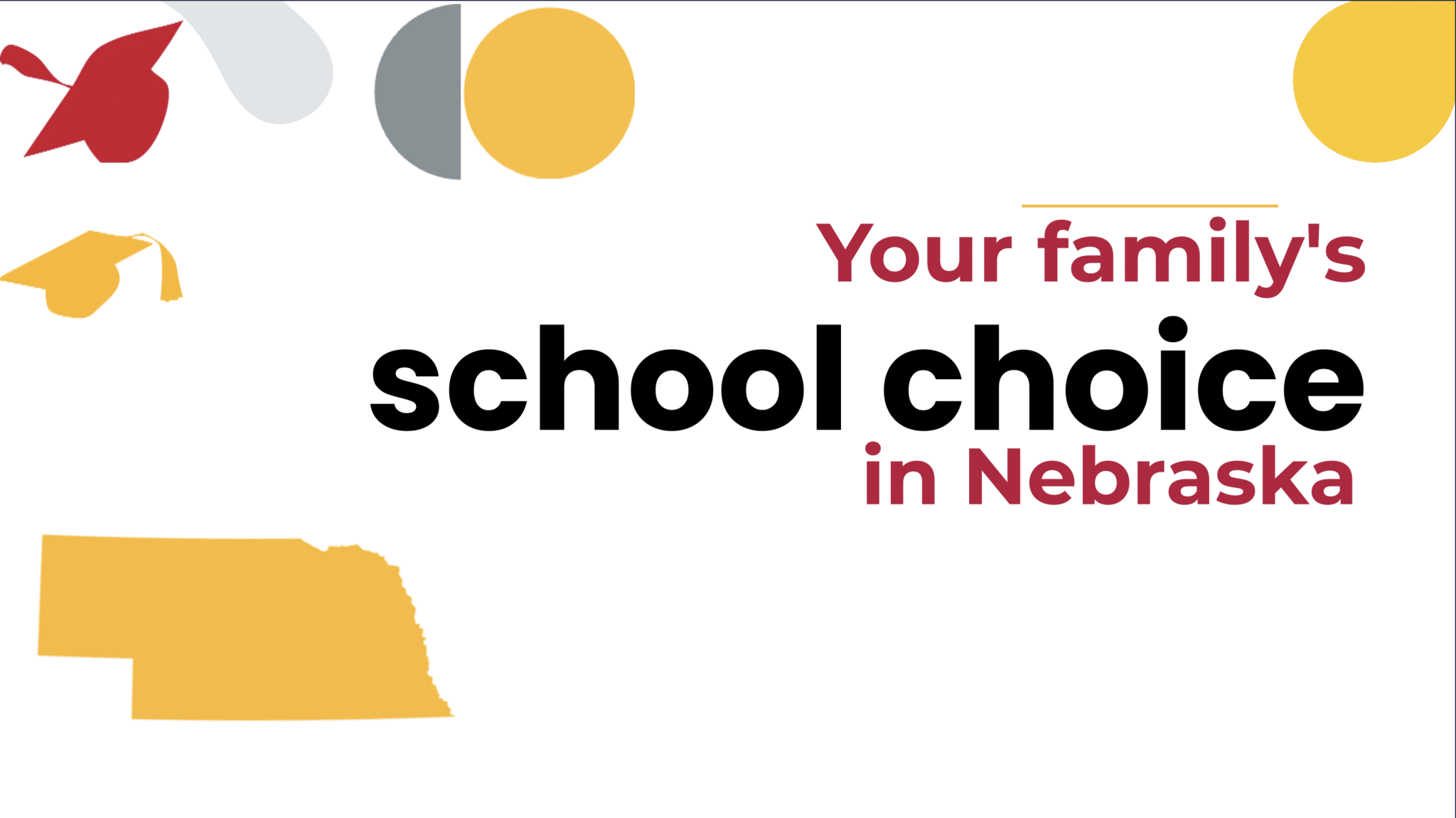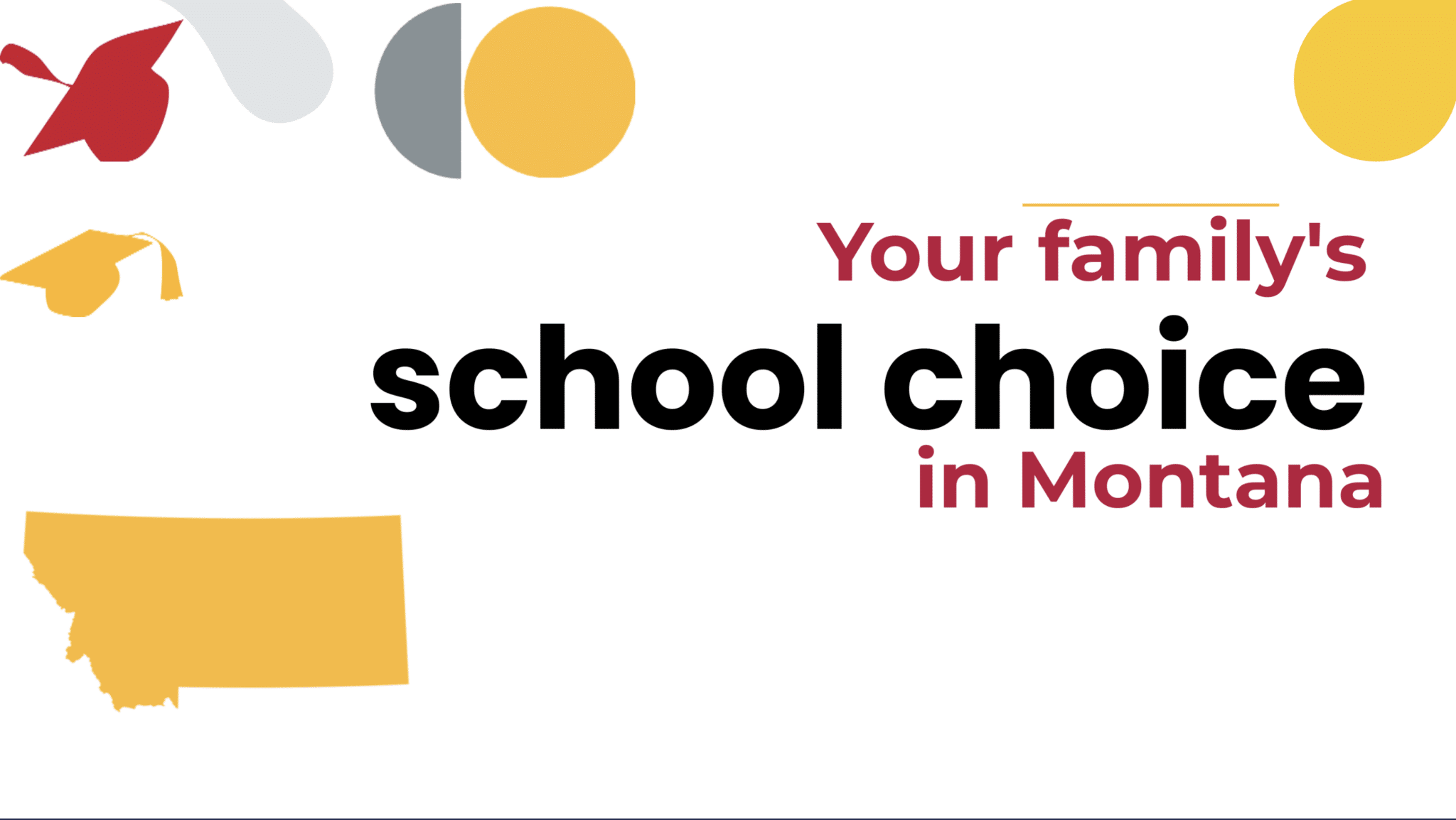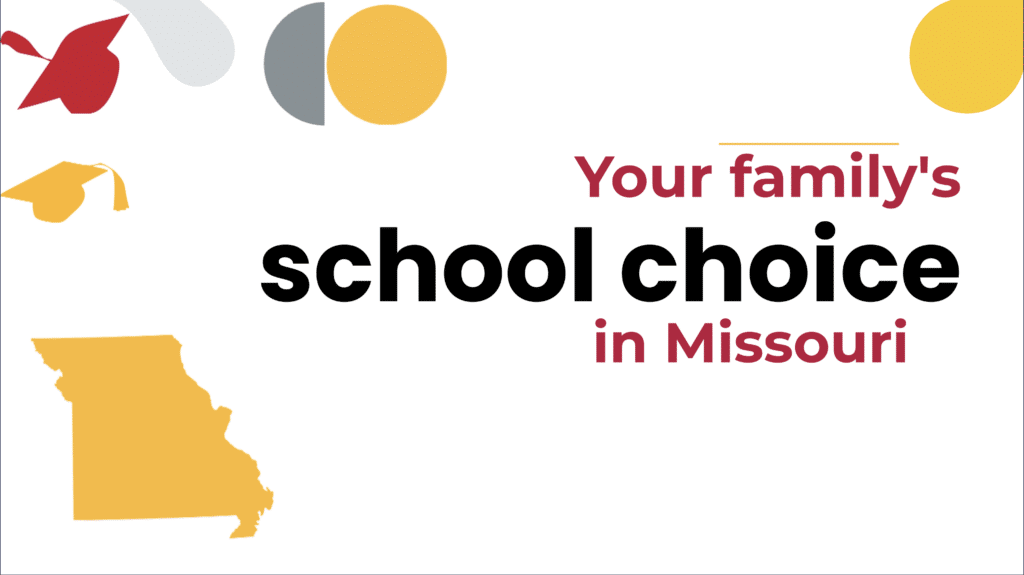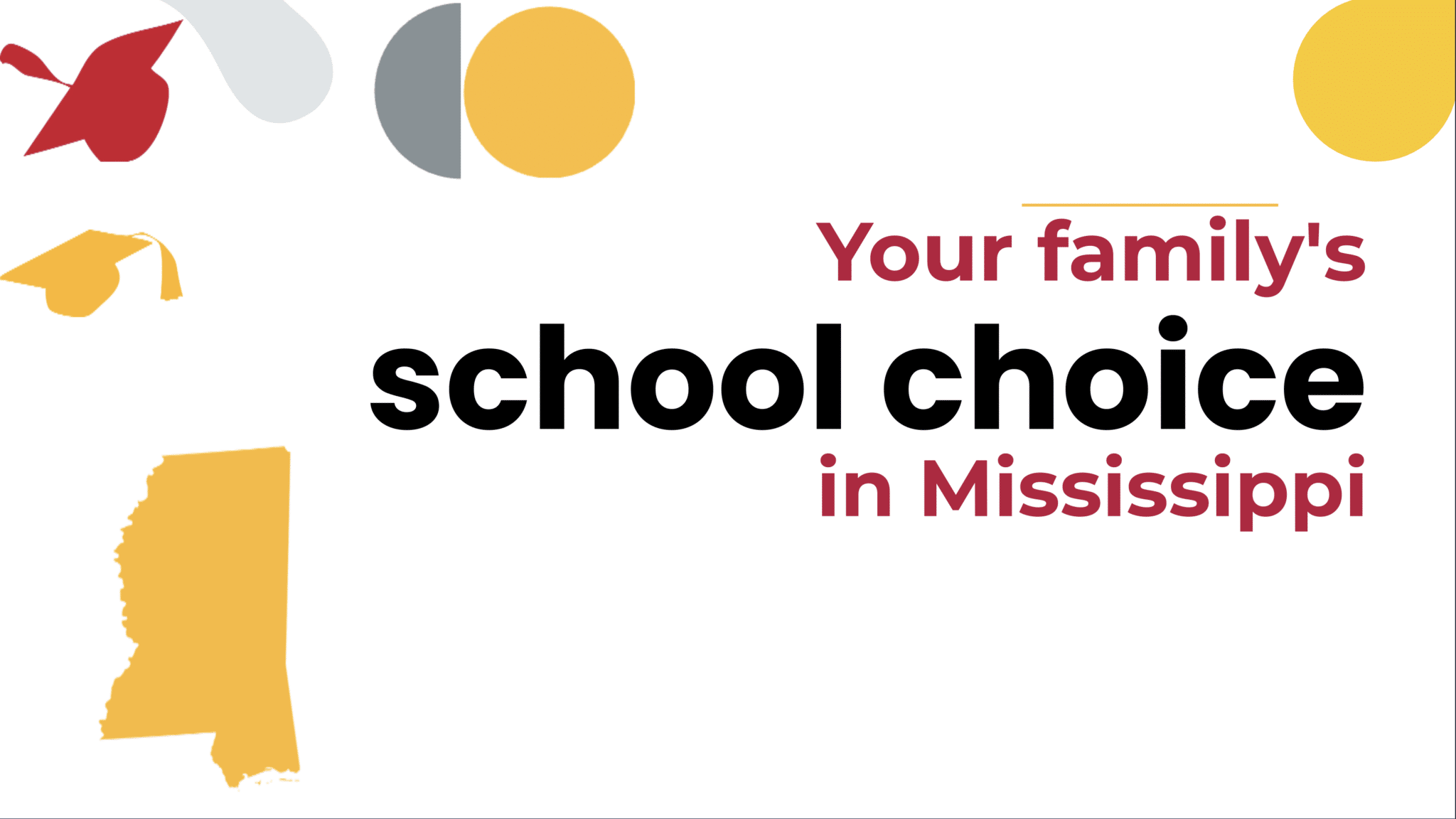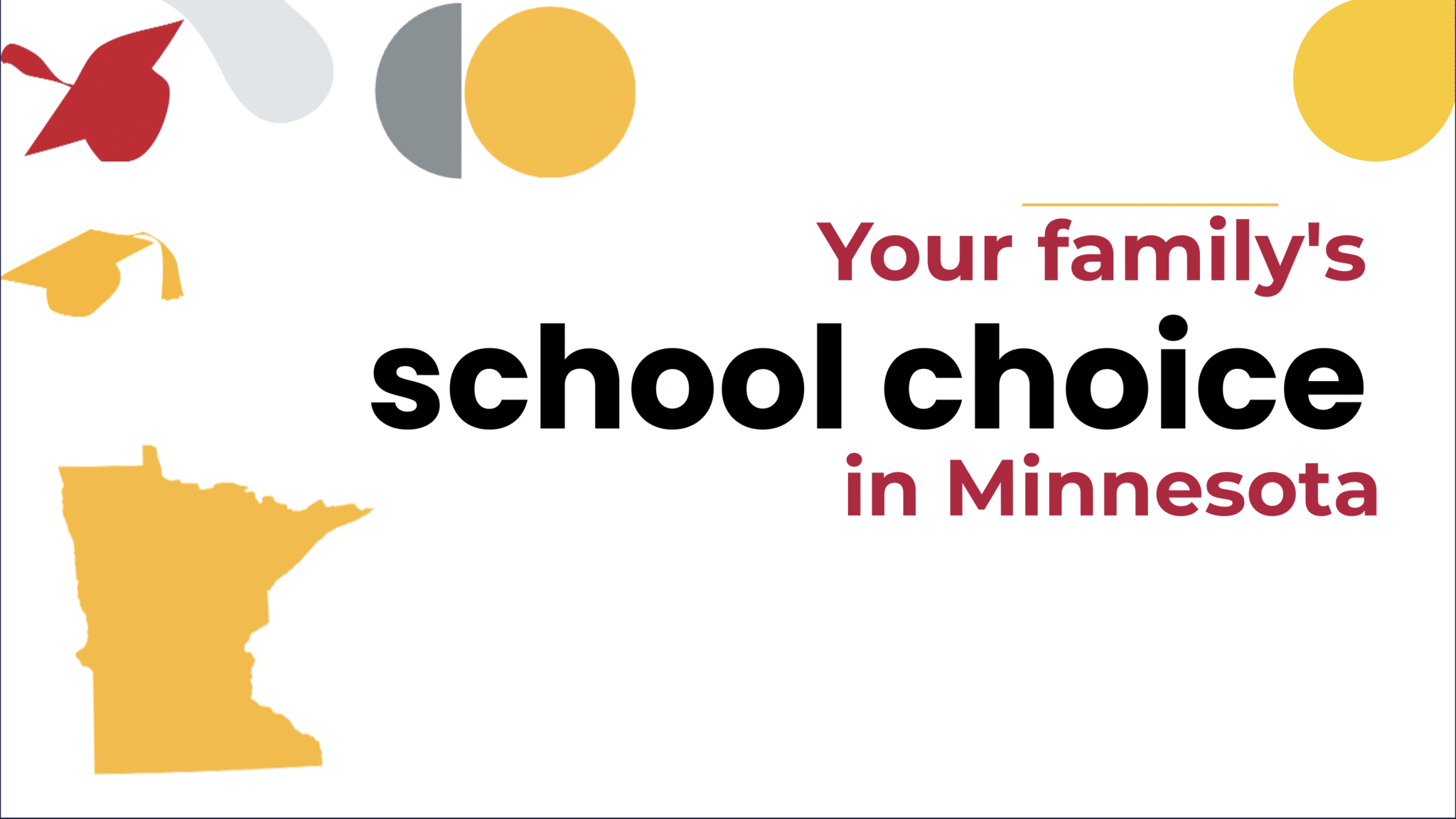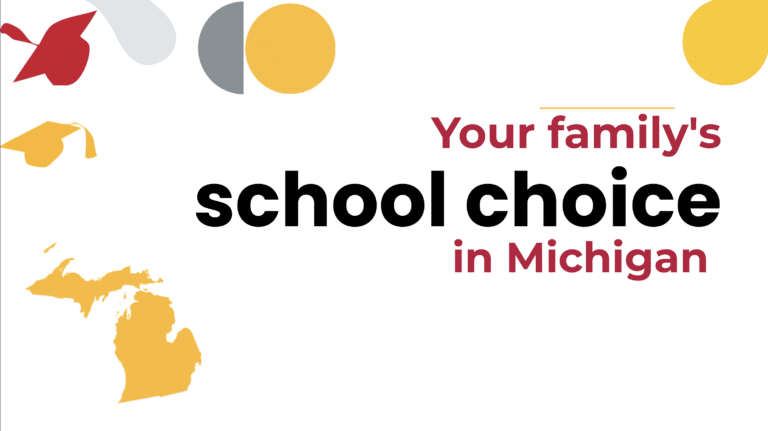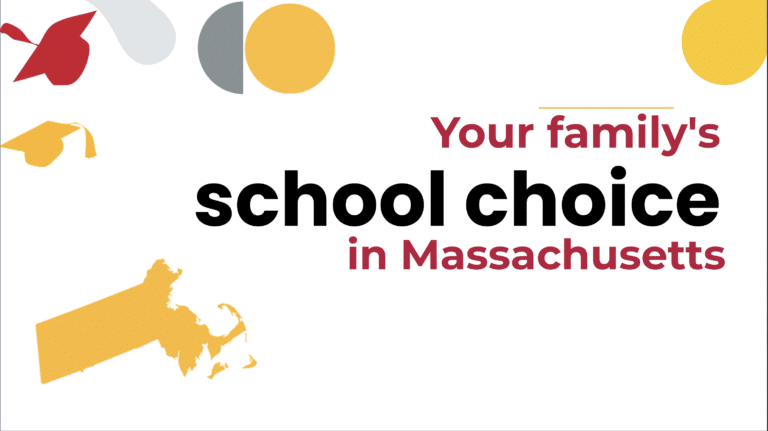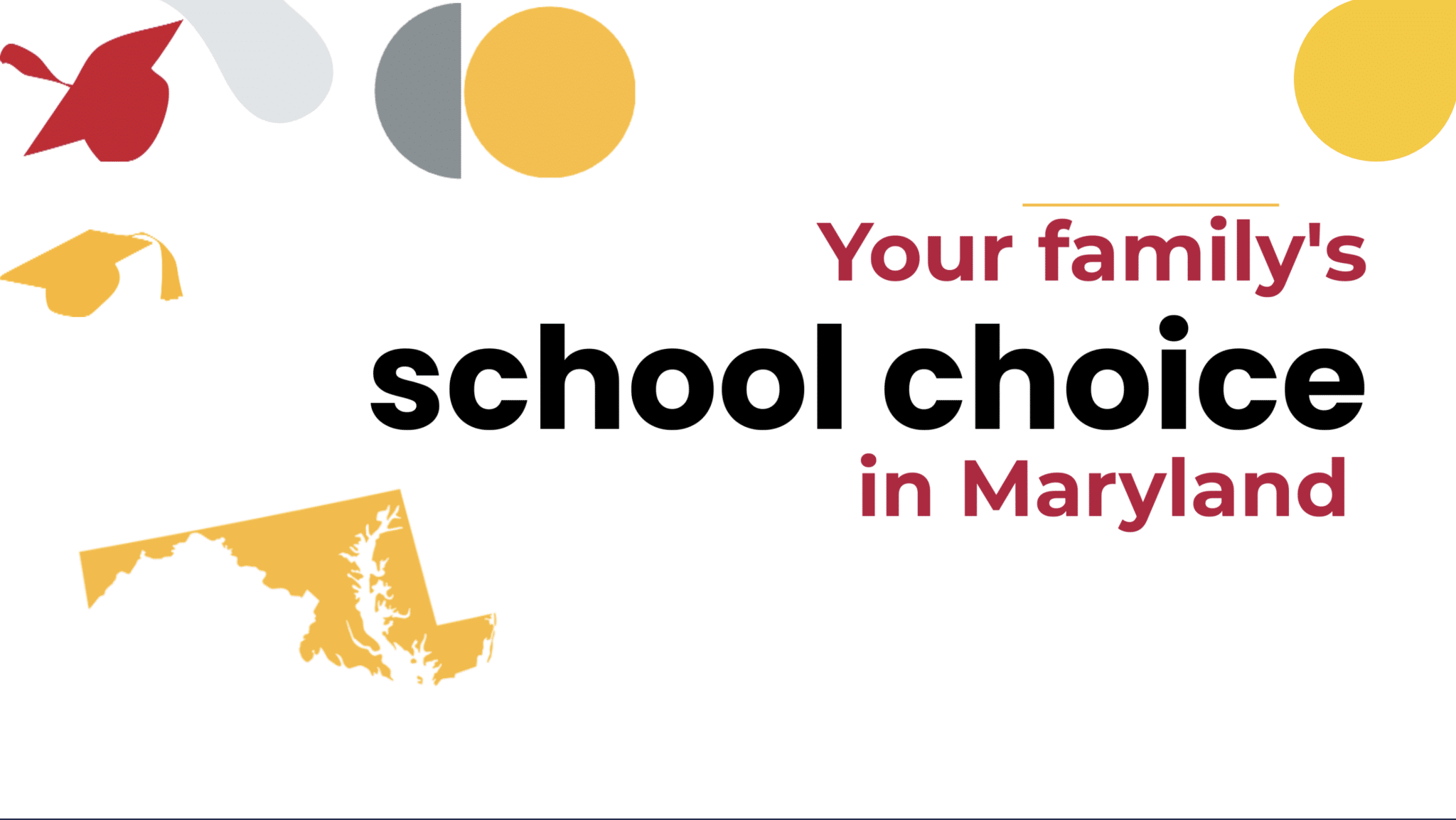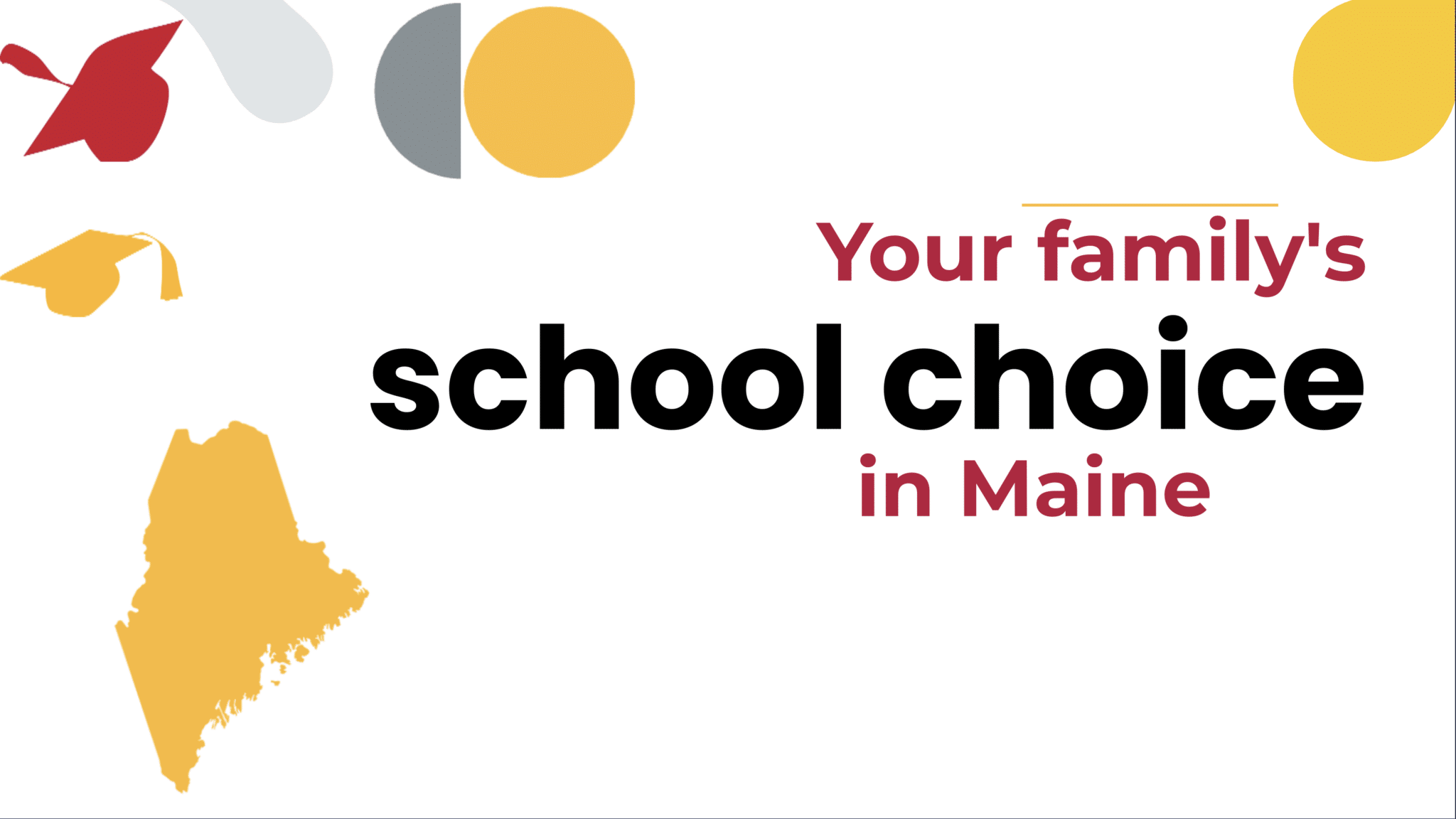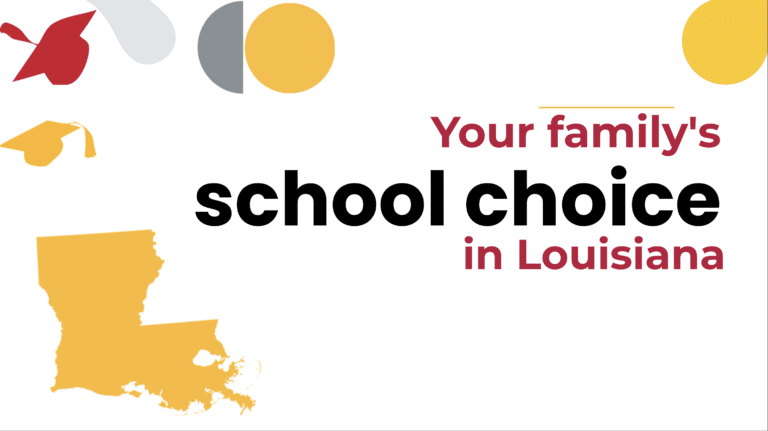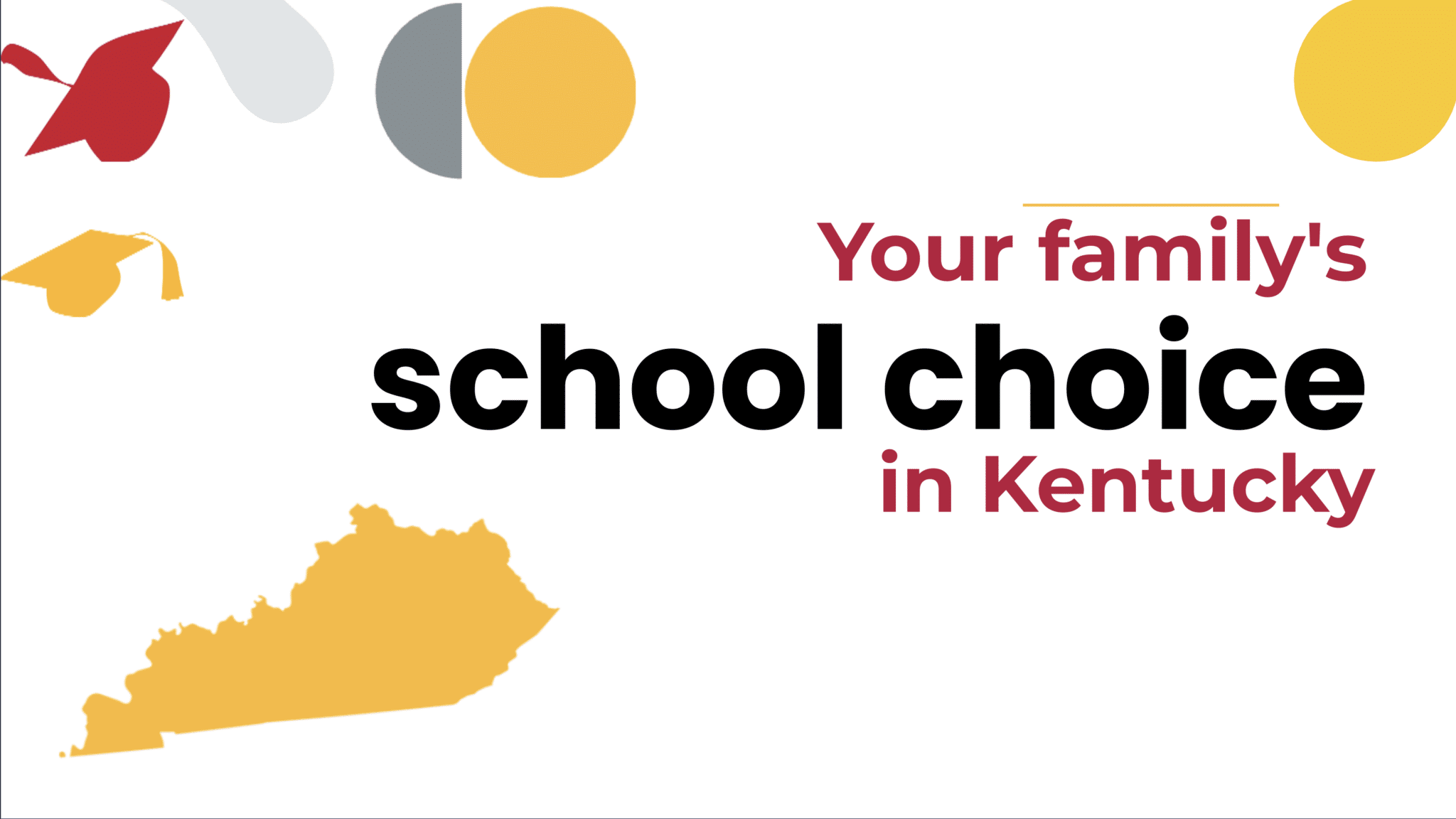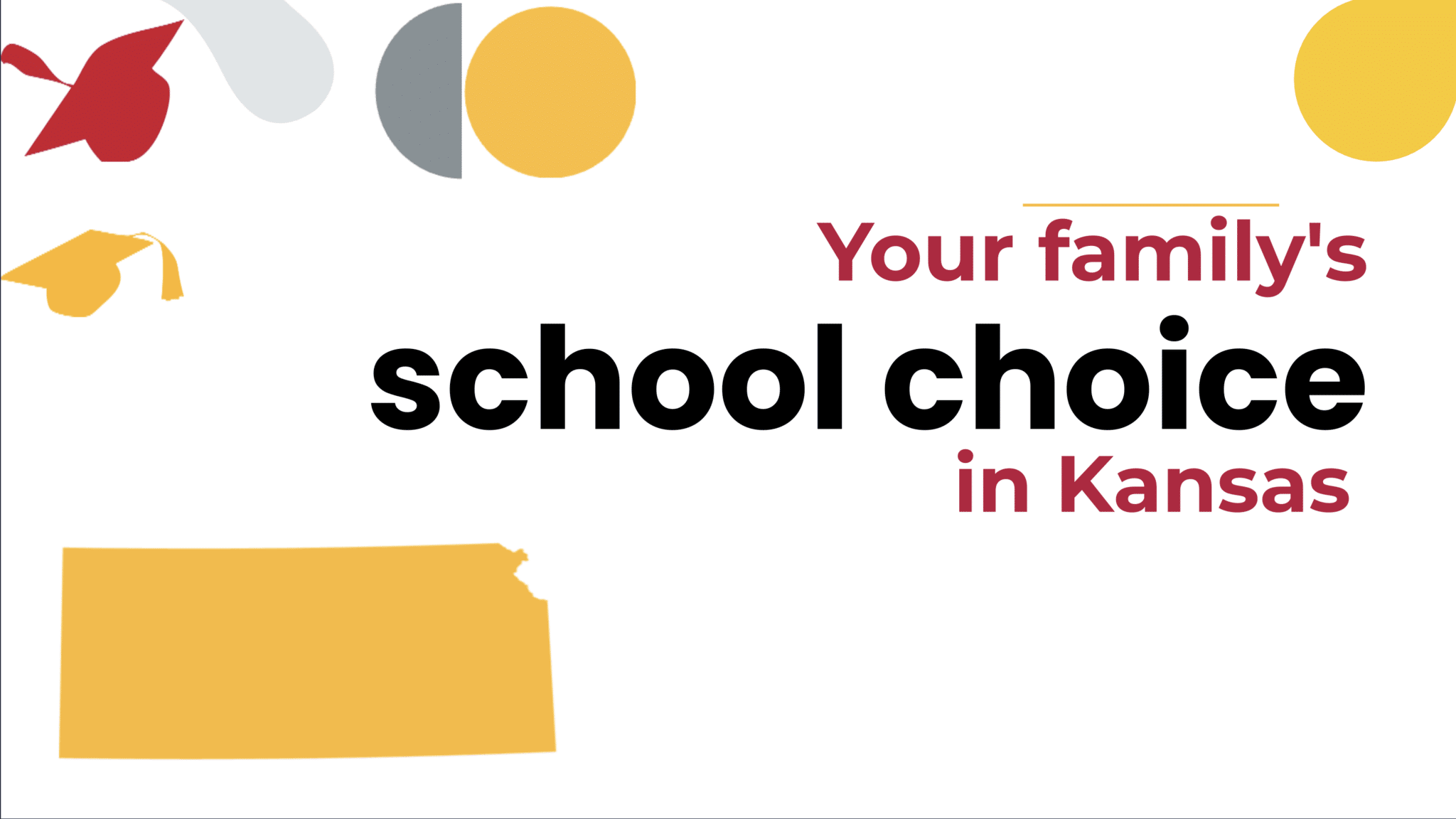Choosing a school? You’ve got options.
Each spring, parents face one of the biggest decisions they can make for their child’s future: What school environment will their child spend about 1,000 hours in next year?
Making that decision with confidence starts with knowing what options you have; you may have more school choices than you realize! Understanding these options can help you find a school where your child grows and learns to the best of their ability. Nebraska families can choose from traditional public schools, public magnet schools, private schools, online learning, homeschooling, and microschooling and mix-and-match learning.
Interested in learning more about Nebraska’s Opportunity Scholarship program? Check out our deep dive blog on the Opportunity Scholarships Act!
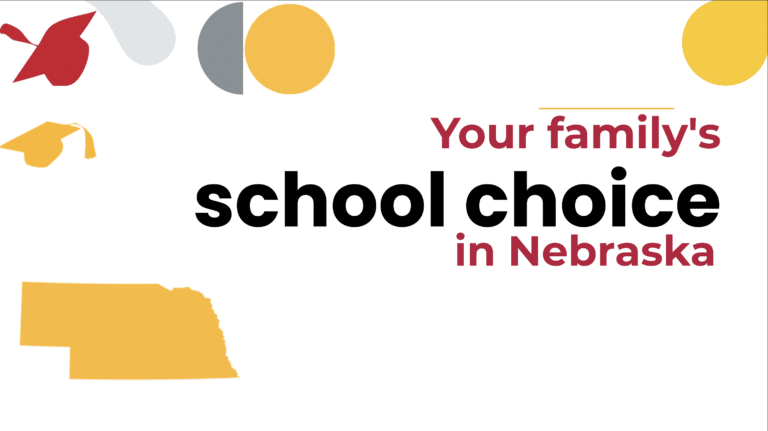
- Traditional Public Schools
- Public Charter Schools
- Public Magnet Schools
- Private Schools
- Online Schools
- Homeschool
- Microschooling
Nebraska Traditional Public Schools
Most children (86.8% of all K-12 students) in Nebraska attend traditional public schools. Traditional public schools are free to attend, open to all students, operated by school districts, and funded by taxpayers like you. Each year, Nebraska spends an average of $13,826 per public school student. You can search your school’s spending and that of nearby schools at Project Nickel.
Nebraska has flexible open enrollment for public schools. What this means is that you are likely able to send your child to any public district in Nebraska, regardless of where you live or where the school is located. For a real-world example, see how Grand Island Public Schools accepts students outside of the city’s limits. You can take advantage of this option by visiting multiple public schools and discovering which is the best fit for your family. You can also read the Nebraska Department of Education’s answers to frequently asked questions about switching school districts in your state.
In 2023, Nebraska improved transparency about open enrollment, signing a bill requiring school districts to post their open enrollment policies on their websites.
When a student uses open enrollment in Nebraska, transportation is typically the responsibility of the parents or provided by the receiving district for a fee, unless the student is eligible for free or reduced price lunch, part of a diversity focus program, or a student with learning disabilities, in which case transportation is typically free.
Find out more about public schools in your state at the Nebraska Department of Education. You can also read more about Nebraska open enrollment at “Public Schools Without Boundaries: A 50-State Ranking.”
Nebraska Charter Schools
Nebraska currently does not have any public charter schools, but charters may be in Nebraska’s future! Charter schools are tuition-free public schools that are allowed extra freedom to innovate while being held accountable for student achievement. Nebraska is one of only four states that have not passed laws allowing for the creation of public charter schools.
Nebraska Magnet Schools
Magnet schools are free public schools that allow kids to narrow in on a specific learning track, such as engineering or the performing arts. At a magnet school, all the subjects are taught through the lenses of that specific track. Nebraska has a handful of magnet schools scattered throughout the state, and these might be a good option if your child learns best by focusing in on a subject they are passionate about. For instance, Omaha Public Schools has both elementary school magnet programs (like Conestoga Elementary School) and high school magnet programs (like Benson Magnet High School).
Nebraska Private Schools
Families in Nebraska can also consider private schools, nonpublic schools that charge tuition. Private schools may offer a unique curriculum, smaller class sizes, or a faith-based tradition. Nebraska’s more than 220 private schools come in all shapes and forms, from religious schools to schools designed for children with special needs. In Nebraska, 10% of all K-12 students attend a private school.
The average tuition for private schools in the state is $3,610 for elementary schools and $7,880 for high schools.
To help all families access private school, Nebraska passed its first state-run private school choice scholarship program in 2023. Starting in 2024, low-income students will be able to participate in this new Opportunity Scholarships program. The program will provide scholarships of up to about $9,000 to children in need who wish to choose an approved private school. Read more in our full explainer!
Additionally, the federal government does allow parents in all 50 states to save for K-12 private school tuition using tax-preferred 529 savings accounts.
Learn more at Children’s Scholarship Fund-Omaha and Private School Review: Nebraska.
Nebraska Online Learning
Whether your child wants to accelerate his or her learning or needs a quieter environment in which to focus, you may be interested in giving virtual school a try.
While the majority of states have free, public online programs available to families statewide, Nebraska does not currently have that option. But, families can choose a paid option: University of Nebraska High School Online. Other paid options, like George Washington University Online High School, The Keystone School, Excel High School, and K12 Private Academy, are also available to Nebraska families but are not state-specific. Families interested in enrolling at University of Nebraska High School Online can do so at any point during the year; there is no deadline for enrollment.
Additionally, some districts are developing their own online programs for students. For example, Lincoln Consolidated Schools students can choose the fully online LCS Virtual Academy. Omaha Public Schools offers local students Omaha Virtual School, a blended learning program that incorporates both in-person sessions and at-home online classes.
To read more about online learning in Nebraska, check out the Digital Learning Collaborative’s state profile.
Nebraska Homeschooling
Nebraska families can also choose to homeschool their children, which allows for a highly customizable and personalized learning experience. Homeschooling is the process of parents educating students at home and is permitted in all 50 states.
In Nebraska, 3.2% of all K-12 students are homeschooled. The state of Nebraska requires notice of your intent to homeschool by July 15 or promptly upon choosing to homeschool. The state also requires an annual information survey and parent representative form. It is recommended that you formally withdraw from your public school so your student is not marked truant.
If you choose homeschooling, you’re required to teach specific subjects (including language arts, mathematics, science, social studies, and health), but specific standardized tests are not required. If you choose to enroll your child part-time at the local public school, your child may be eligible to participate in sports and other activities.
In the case that you decide to return to public school during the school year, you must notify the Nebraska Department of Education in writing.
To learn more, check out a roundup of homeschooling resources specific to Nebraska.
Nebraska Microschools and Mix-and-Match Learning
Today, many Nebraska families are mixing and matching school options to come up with new ways to personalize education. Microschools are one of these ways. A microschool refers to students gathering together in a small group – with adult supervision – to learn, explore, and socialize. Microschools can take a variety of shapes and legal forms, from homeschoolers coming together at an enrichment center to a private school committed to small classrooms. What microschools share in common is a commitment to small-group learning and close-knit relationships, along with an emphasis on children as individual learners.
Here are real examples of microschools and related resources in Nebraska:
- Trinity Academy, a Lutheran microschool in the classical liberal arts educational tradition, is launching in fall 2023 on the campus of Nebraska’s Concordia University in Seward.
- Masterpiece Academy in Omaha is a microschool founded by a former public school teacher to help small groups of learners discover their passions and overcome challenges. Full-time and part-time educational support is available.
- Acton Academy Lincoln is a learner-driven microschool serving all grades K-12 in Lincoln.
Remember, microschooling is more a mentality than a specific legal distinction in most cases. Often, a family participates in a microschool while legally homeschooling, or being enrolled in a private or online school.
Search for Schools Near Me
Microschooling and Mix-and-Match Learning
How can it empower parents and help kids achieve their dreams?
7 Step Guide
Tips to help you find a school where your daughter or son will learn, succeed, and be happy.
Education Resources for
Nebraska Parents
For additional information about school choices in
Nebraska, visit these resources:
Every state is different when it comes to school choice options.
Sign up below to get a detailed comparison:
"*" indicates required fields

